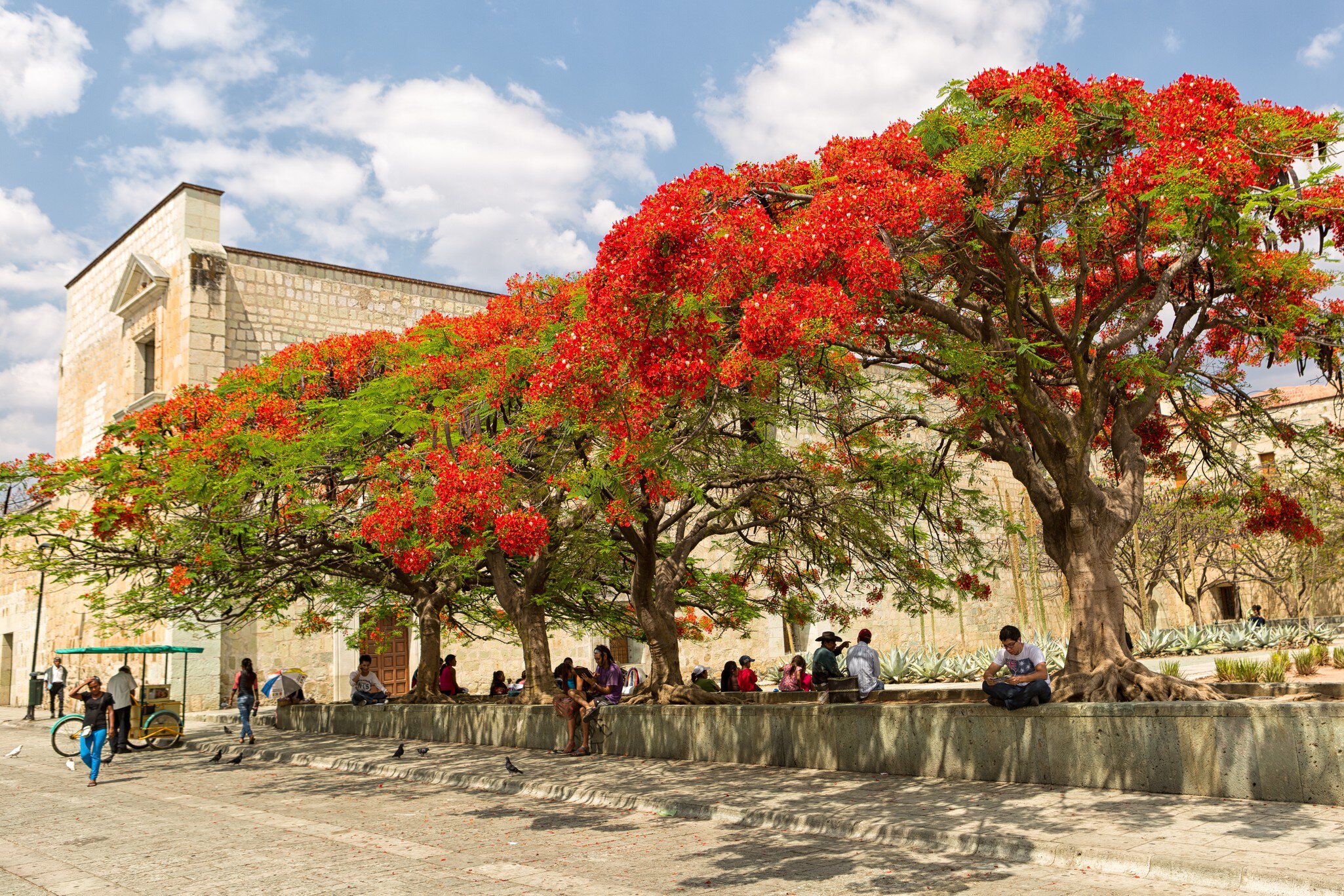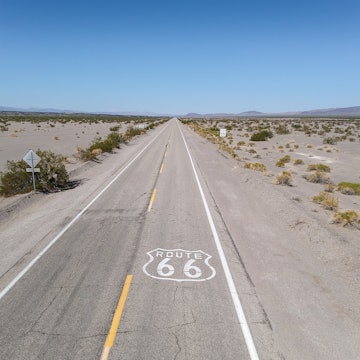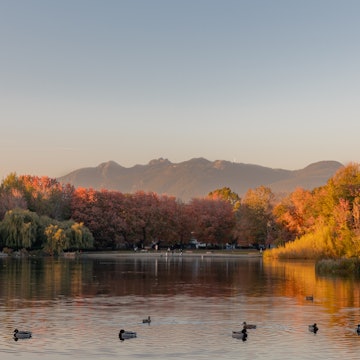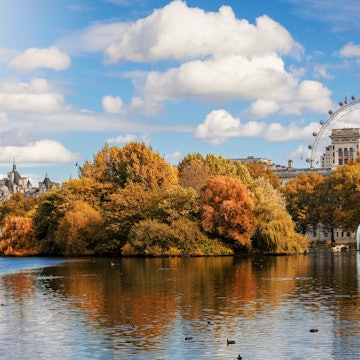
Recent Grand Canyon National Park closures – and 13 other things you need to know before visiting

Jul 23, 2025 • 6 min read

Sunset over the Colorado River deep in the Grand Canyon. Dean Fikar/Getty Images
Bigger than the US state of Rhode Island and large enough to influence the weather, Grand Canyon National Park can be overwhelming for first-time visitors.
Millions of people make a special effort to visit the park each year to hike and explore but some don't account for the blistering desert heat, sporadic monsoons, trail safety along a whopping 595 miles of hiking routes or the need to reserve accommodations ahead of time.
To make your trip successful, no matter the time of year, you need to get the little things right. Here's everything you need to know before embarking on an adventure to Grand Canyon National Park.
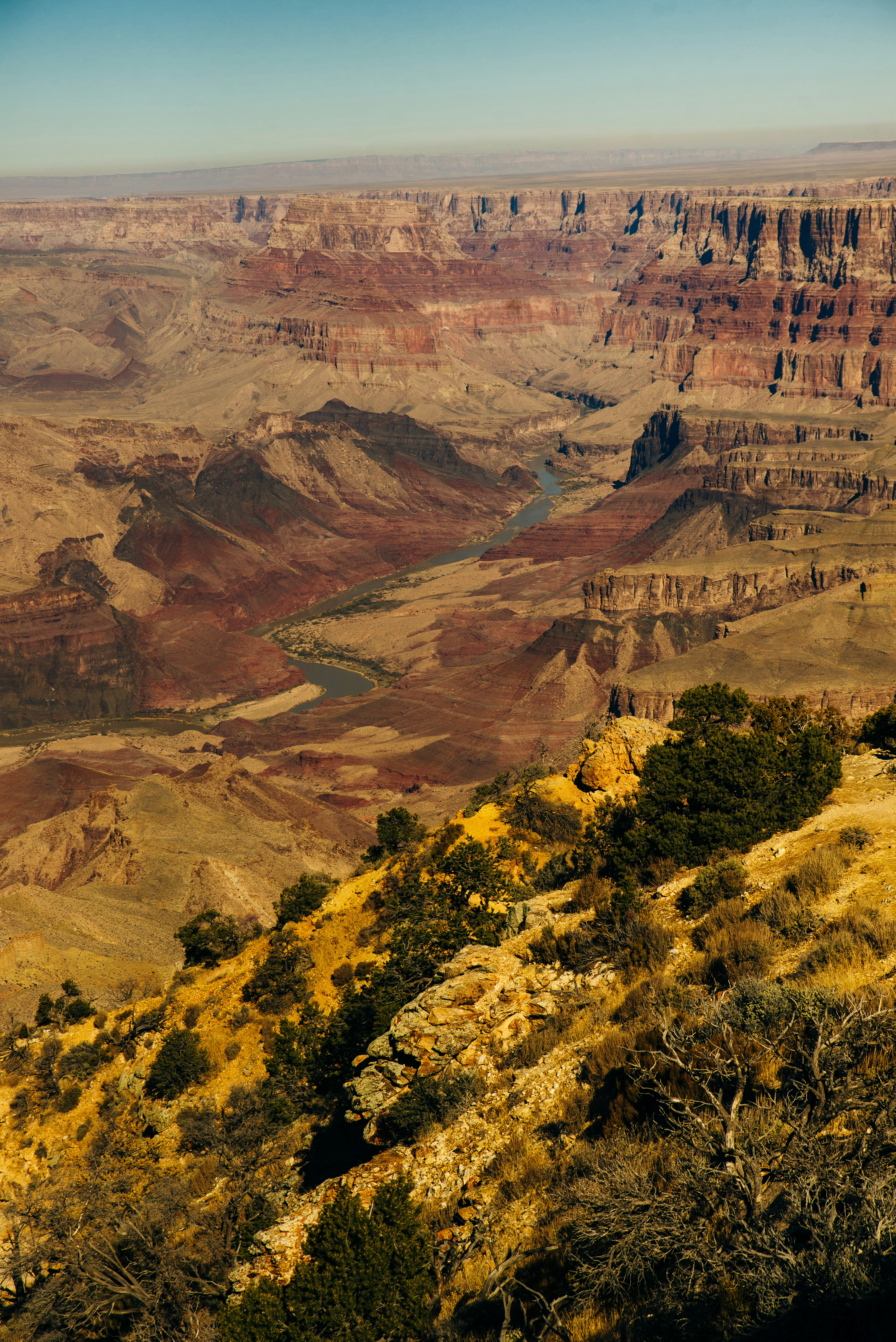
1. Check for park closures ahead of time
That trail you're planning to hit may not be open during your visit. The NPS constantly updates with closure alerts due to conditions like too-hot-to-handle temperatures, low water availability and fires. Due to damage resulting from the Dragon Bravo Fire – which began on July 4, 2025, intensified a week later and continues to grow as of July 23 – the North Rim is closed for the rest of the 2025 season. (The historic Grand Canyon Lodge was completely destroyed in the fire.) Certain inner canyon trails are also closed for the foreseeable future. As of July 17, are in place across the entire park.
2. Start early or late to avoid the huge crowds
Grand Canyon National Park is the second most-visited national park in the US, attracting nearly 6 million people annually. Peak hours are 10am to 4pm, which means busier trails and packed attractions, particularly in Grand Canyon Village. For a more tranquil adventure, either start early or late. Those who opt for a later-in-the-day schedule should prioritize a sunset at Pima Point, Mohave Point or Hopi Point.
3. Make use of the free South Rim shuttle bus
While the South Rim Trail is well-paved and provides around 13 miles of canyon vistas, sometimes you need a reprieve. The park runs that stops at many of the major sights, from Hermits Rest in the west all the way to Yaki Point in the east.
The shuttle also stops at some of the canyon’s most popular lodging destinations, too – including Maswik Lodge, El Tovar Hotel and Yavapai Lodge – making it a seamless, car-free way to get around.
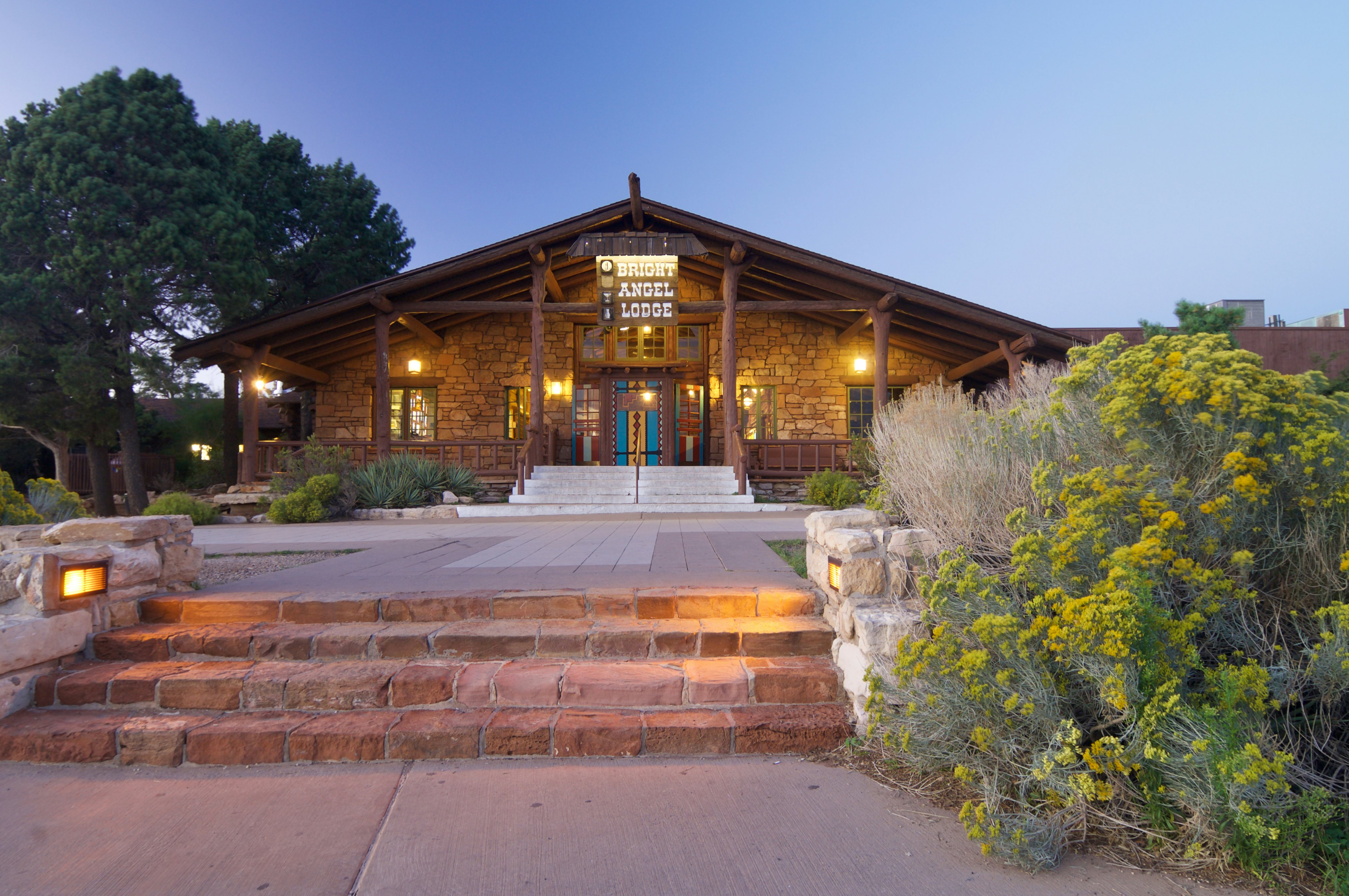
4. Book park accommodation six months in advance
Whether staying at a Grand Canyon Village hotel, like Thunderbird Lodge or Kachina Lodge, or deep within the canyon at Phantom Ranch, you’ll need to book well in advance. Reservations for in-park options typically open six months ahead of time and are snatched up quickly. The website is the central hub for all park lodge reservations.
5. Apply early for a backcountry permit if you plan to camp
If you’re camping overnight in Grand Canyon National Park, you’ll likely need a . These cost $10 per permit, plus $15 per night and can be applied for through . The exceptions include stays at Mather Campground and Desert View Campground, plus mid-May to mid-October stays at the North Rim Campground – you won't need a permit here, but are required. (Remember to check and fire restrictions in the North Rim and beyond.)
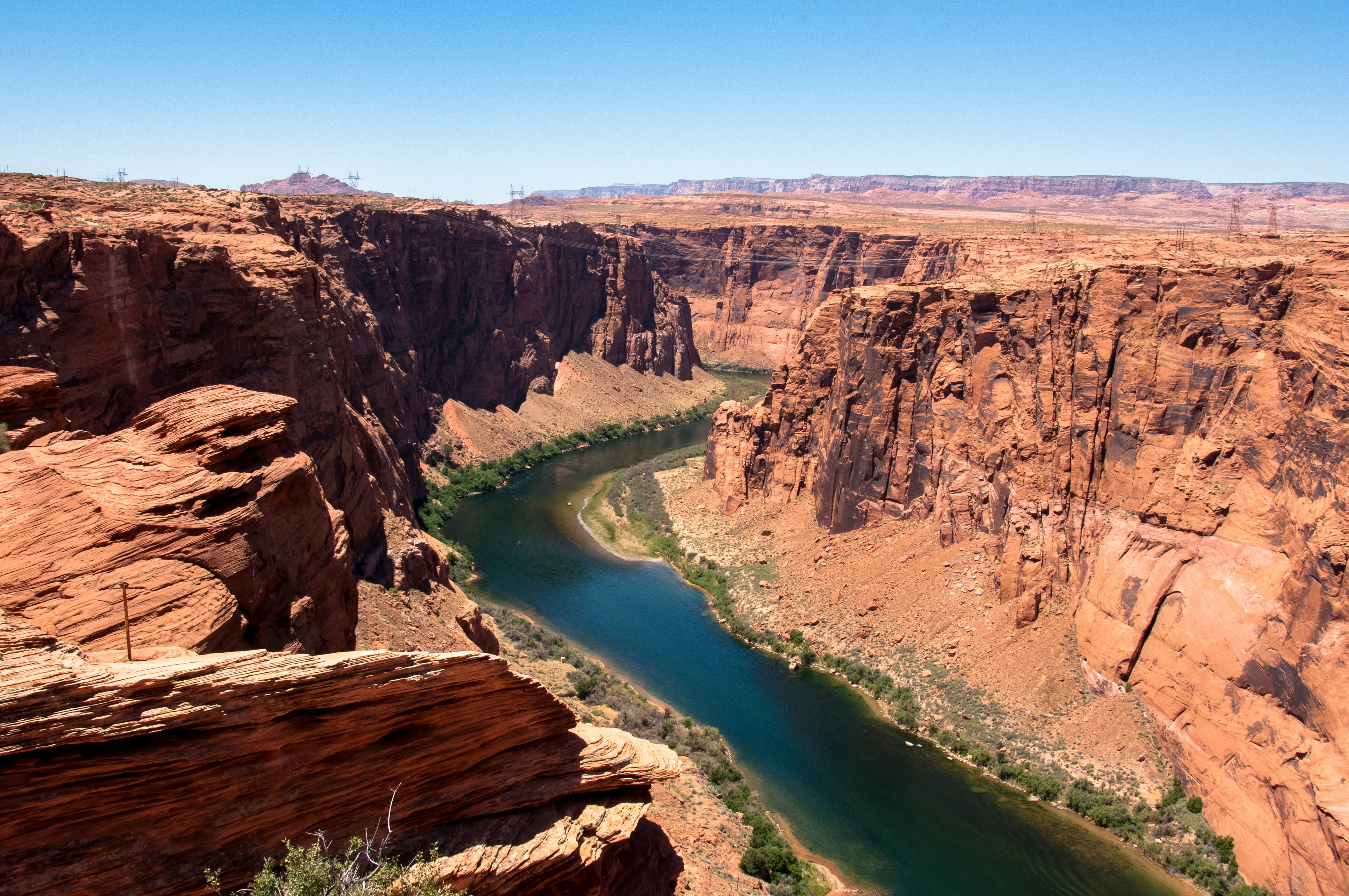
6. Remember that dogs aren't allowed in the canyon
Leashed dogs are welcome to take in the canyon vistas above the rim – but that’s it. No pets are permitted into the canyon itself, including on hiking trails. The rules are strictly enforced, too. So if you’re planning to hit the or a journey to Ooh Aah Point, avoid a headache and leave your four-legged friends at home.
7. Arrive early for parking (especially if you have an RV)
There are four parking lots at the South Rim Visitor Center Plaza, the starting point for most Grand Canyon visits. However, it’s not uncommon for lots to fill up before noon, especially during holiday weekends. Only one of the four lots (Lot 1, near Mather Point) has .
Beyond the visitor center, trailhead parking lots are typically smaller, such as the one at Shoshone Point. For RVs, your only other options are Market Plaza and the Backcountry Office.
8. Pack enough sunscreen and water
Preparation will either make or break your Grand Canyon National Park trip. Some of the park's most popular hikes, like the , do not have water stations en route. Bring more than enough to stay hydrated amid the desert heat.
Pack sun protective gear and sunscreen, too. Even during the sunniest or cloudiest days, the rays tend to sneak up on the unsuspecting. Prepare for hot in July and August. Temperatures have previously gone above 120°F (49°C).
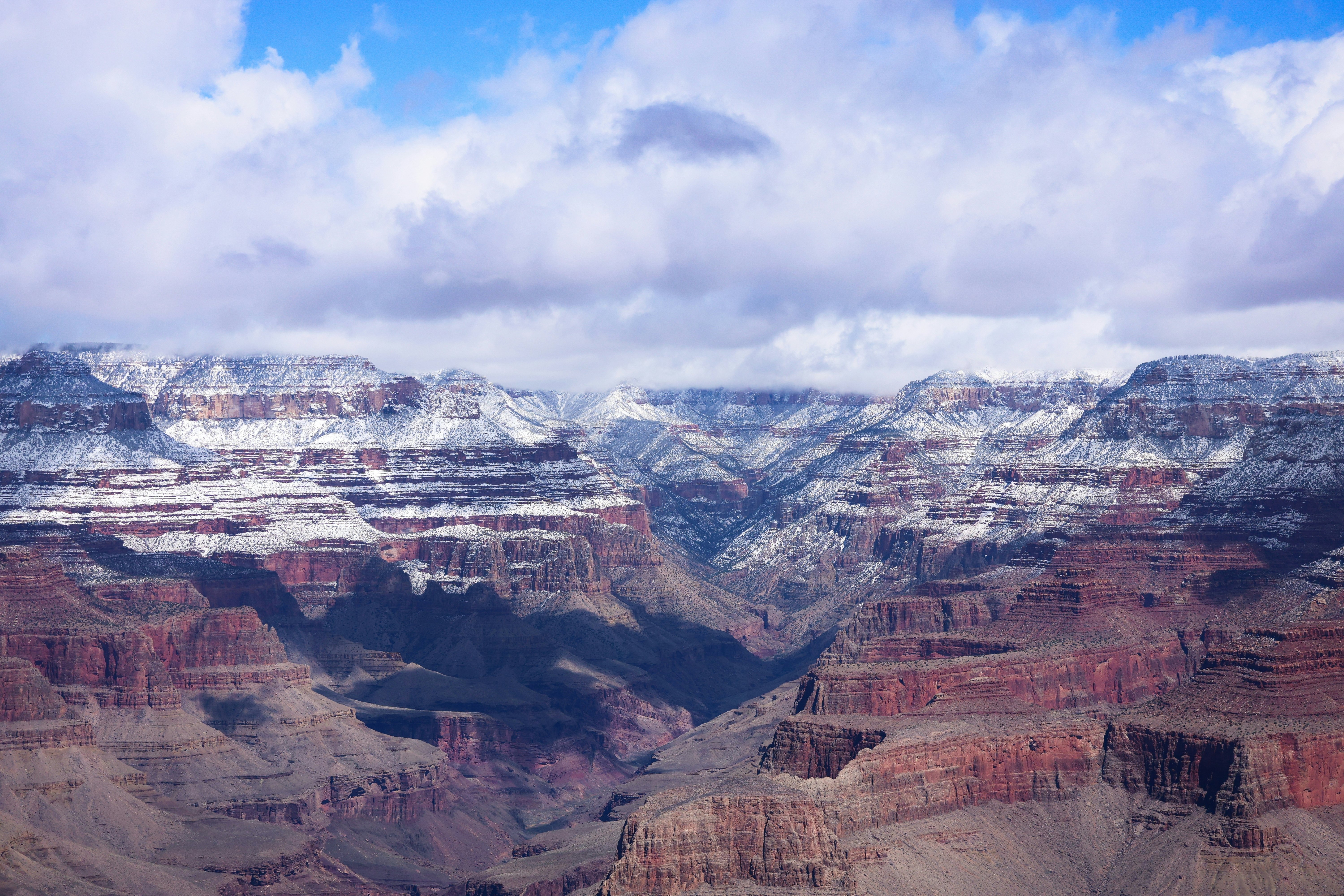
9. Visit the North Rim for remote trails
The South Rim may get all the love, but the lesser-visited North Rim boasts gorgeous remote trails. Although the North Rim roads close from December 1 and May 15, due to snow and ice, the area is still open to adventurous hikers, skiers, and snowshoers – though you must come prepared for extreme . for the North Rim are available through a lottery system year-round. (Note that the North Rim is due to the ongoing Dragon Bravo Fire, and it's unclear when it will reopen to the public.)
10. Keep an eye on the weather during inner-canyon hikes
Monsoon season in Arizona is July to mid-September, but strong storms can occur all year. There doesn’t need to be an immediate storm or massive amounts of rain to generate life-threatening flash floods, particularly at the inner canyon. Storms from dozens of miles away have led to the loss of life here, so keep a vigilant eye on the .
11. Respect the guardrails (and unguarded steep cliffs, too)
Although many viewpoints along the South Rim Trail have safety guardrails and fencing, the bulk of the park doesn't. While it may be tempting to get that unhindered photo, do not step beyond the guardrails and remain aware of cliff edges. In general – rails or not – it is wise to stay at least six feet away from any Grand Canyon ledge.
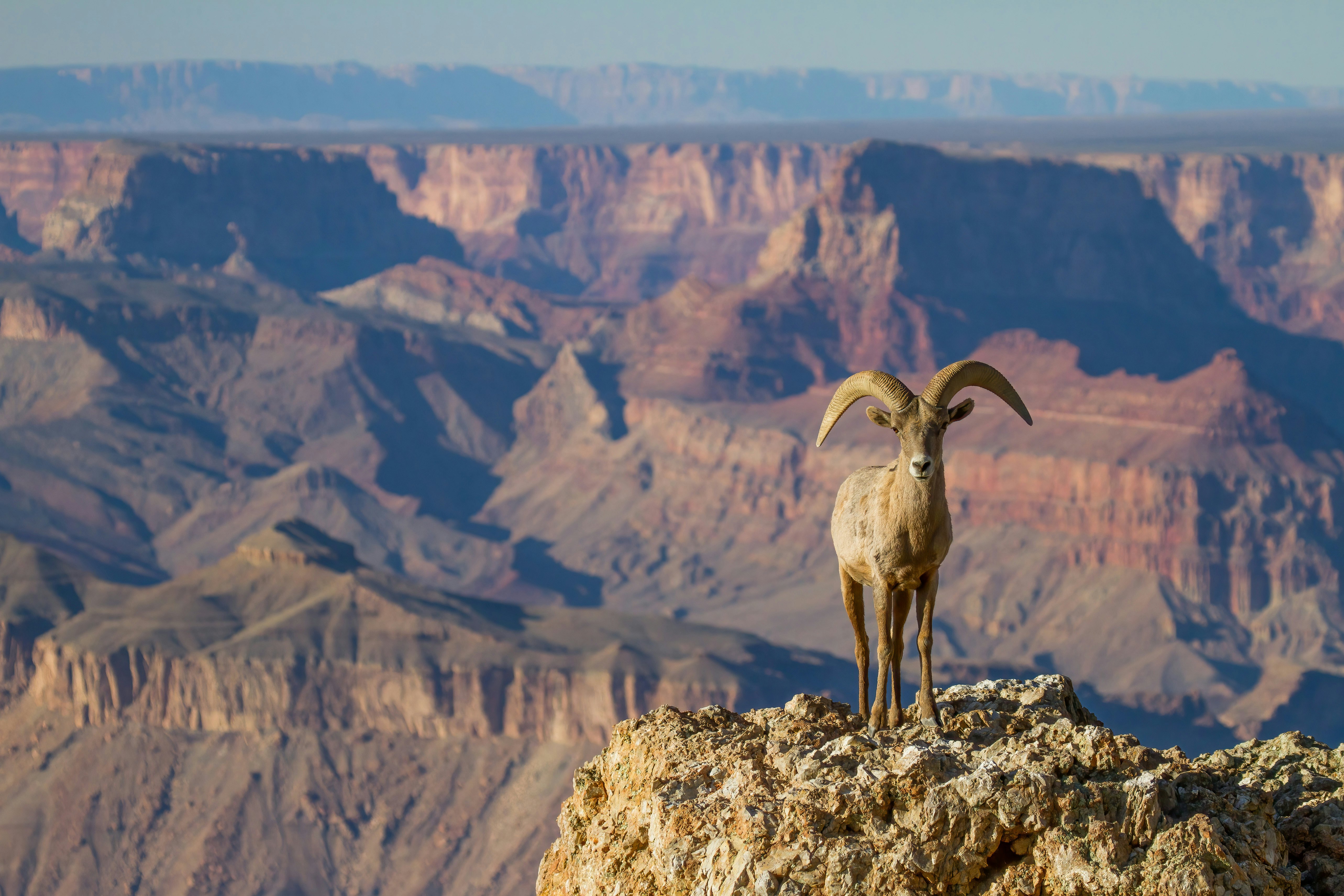
12. Give wild animals space
The Grand Canyon is full of cuddly-looking animals like bighorn sheep, ringtail cats and mountain lions. They're all wild creatures, though, and you should not pet or approach them. Things can quickly turn dangerous.
13. Don't throw anything into the canyon
Throwing anything into the canyon can cause major injuries or landslides. The canyon is a mile deep in spots, and the tiniest of objects thrown from the rim can seriously hurt hikers and animals below. Don’t take anything from the canyon either; it’s a delicate ecosystem.
14. Give uphill travelers the right of way
The park’s busiest trails, such as the Bright Angel Trail, are the total opposite of a secluded experience. At peak times, trails can swell with selfie-pausers, fast-paced hikers and everyone in between. To keep traffic moving, always give uphill travelers the right of way. And if you are passing anyone, whether in the heart of a rocky switchback or along a flat stretch, vocalize it for everyone’s safety.

Plan with a local

